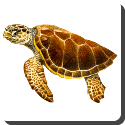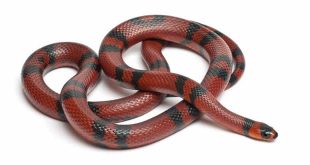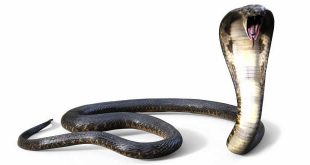 Loggerhead Turtle — The Loggerhead Sea Turtle is a sea turtle and the only member of the genus Caretta. The genus name “Caretta” is a latinization of the French “caret”, meaning turtle, tortoise, or sea turtle.
Loggerhead Turtle — The Loggerhead Sea Turtle is a sea turtle and the only member of the genus Caretta. The genus name “Caretta” is a latinization of the French “caret”, meaning turtle, tortoise, or sea turtle.
The species feeds on mollusks, crustaceans, fish, jellyfish, and other small to medium-size marine animals, which they crush with their large and powerful jaws. As with other sea turtles, females return to lay their eggs on or near the same beach where they hatched. Unlike other sea turtles, courtship and mating usually do not take place near the nesting beach, but rather along the migration routes between feeding and breeding grounds.
The Loggerhead Sea Turtle was once intensively hunted for their meat and eggs, along with their fat which was used in cosmetics and medication. As a result both subspecies are now internationally protected.
Today the main threat to the adult loggerheads lies in shrimp trawls and crab fishing nets, to which many loggerheads annually fall victim. Furthermore, adults are often injured by speedboat propellers and by swallowing fishing hooks or getting caught in nets. Internationally animal protection organizations take pains to monitor and protect the turtles’ nesting grounds in Turkey, Greece, Bonaire and Costa Rica. The turtles can also be found around the Italian islands of Lampedusa and Linosa, off the coast of Sicily, and in Calabria, where it is particularly endangered. Furthermore, the turtles are known to nest on the beaches of the Northern part of Cyprus, especially Alagadi Beach.
In many places during the nesting season workers search the coastline to find evidence of nests. Once found a nest will be uncovered and the eggs carefully counted, if the nest is dangerously located the eggs will be moved to a better spot. Plastic fencing will be placed at or near the surface to protect the eggs from large predators such as raccoons or even dogs. The barrier used is large enough to allow the hatchlings to emerge without difficulty. The nests are checked daily for disturbances, several days after there is indication that the eggs have hatched the nest will be uncovered and the tally of hatched eggs, undeveloped eggs, and dead hatchlings will be recorded. If any hatchlings are found, they are either taken to be raised and released, or taken to research facilities. Ones that appear strong and healthy may instead be released to the ocean. Typically those that lacked the strength to hatch and climb to the surface by that point would have died otherwise.
Hatchlings require the travel from their nest to the ocean in order to build up strength for the journey ahead, so interfering by helping it to the ocean actually lowers their chances of survival.
 Kids Portal For Parents India Kids Network
Kids Portal For Parents India Kids Network


